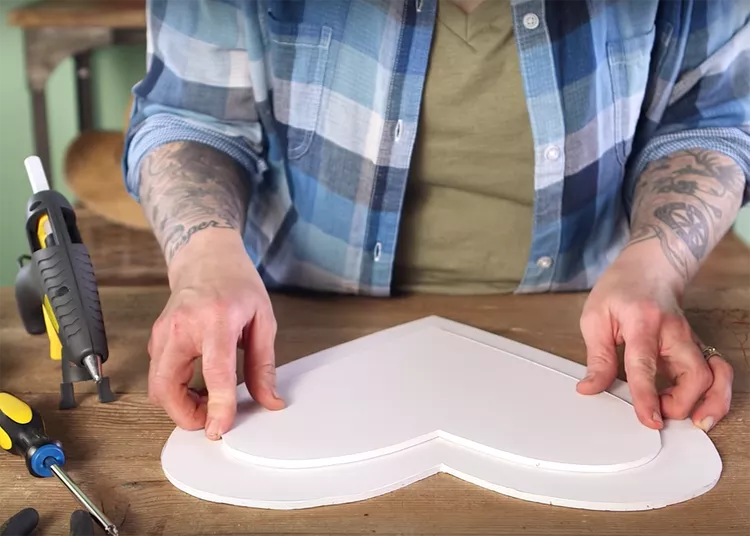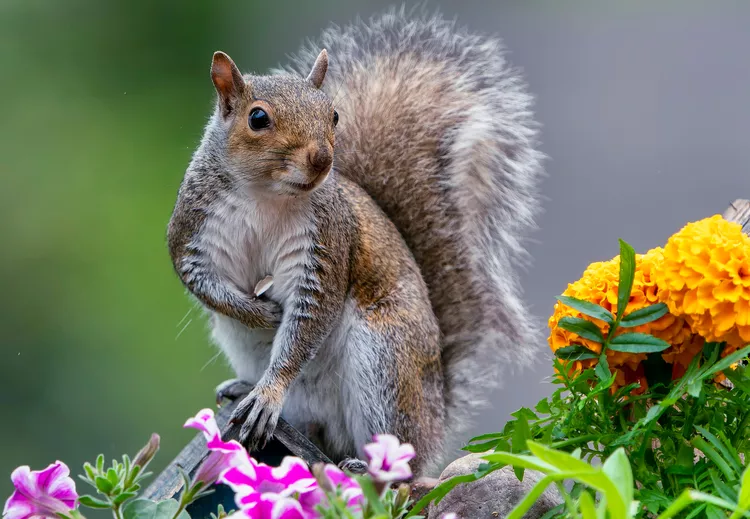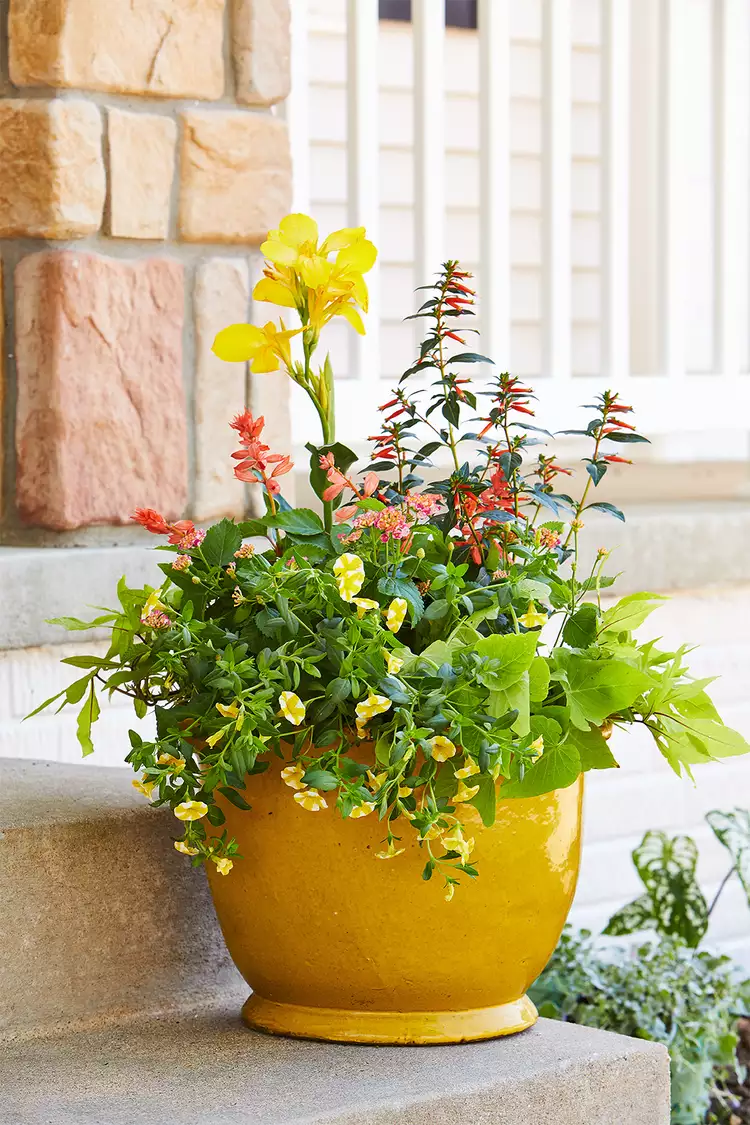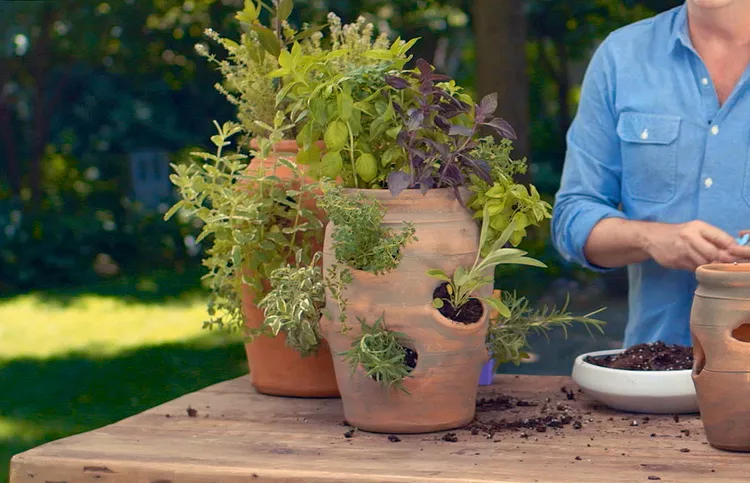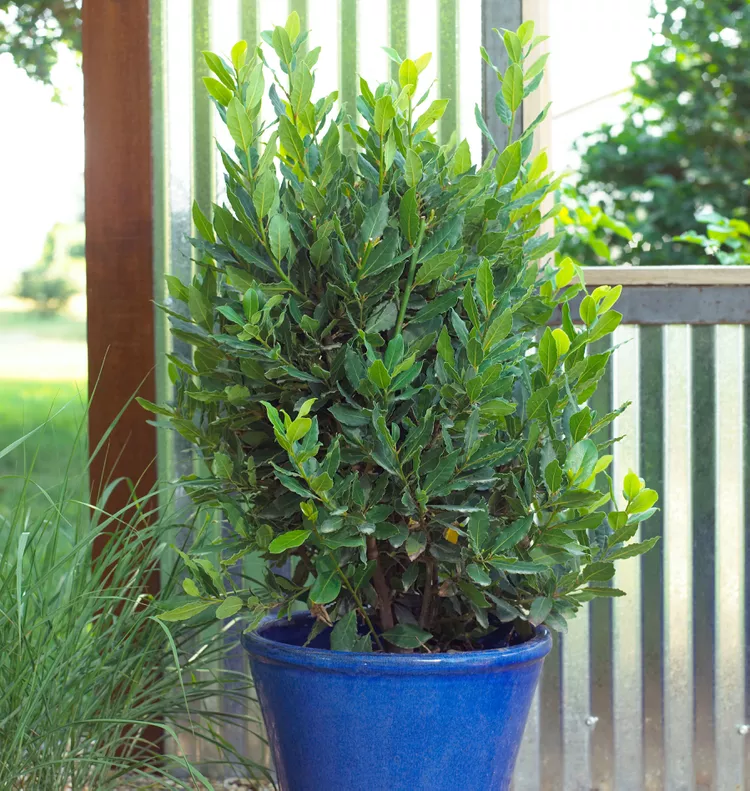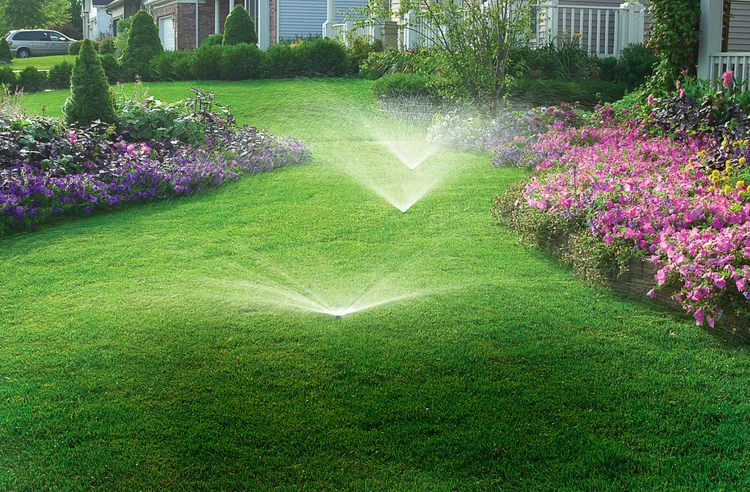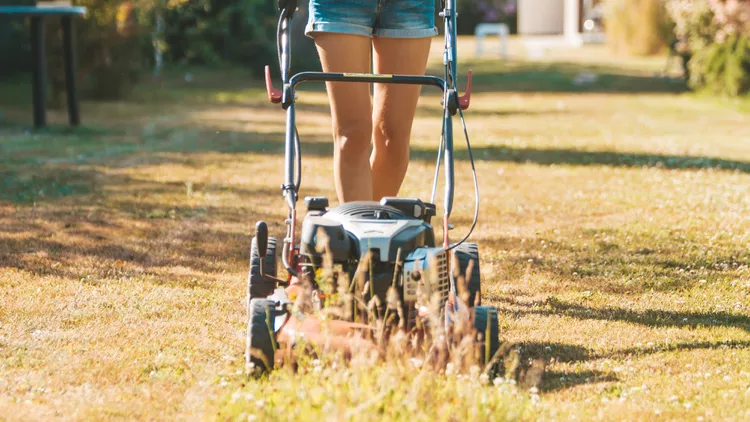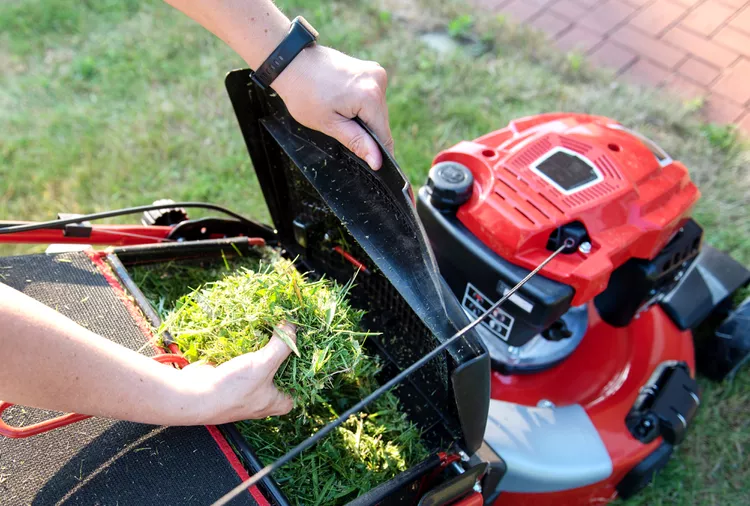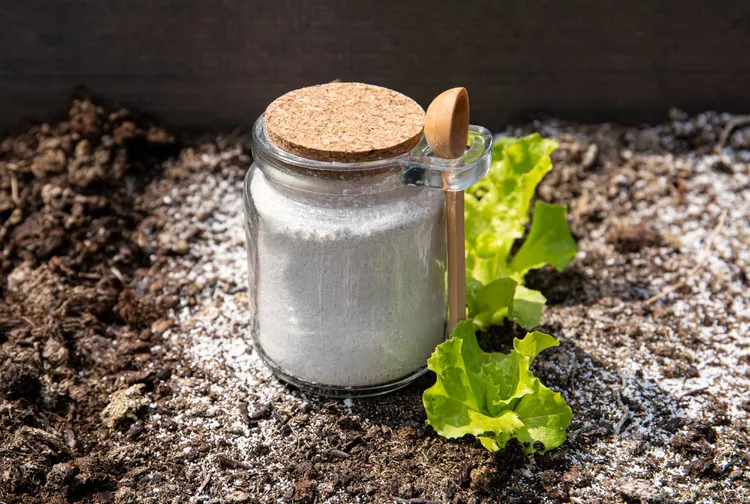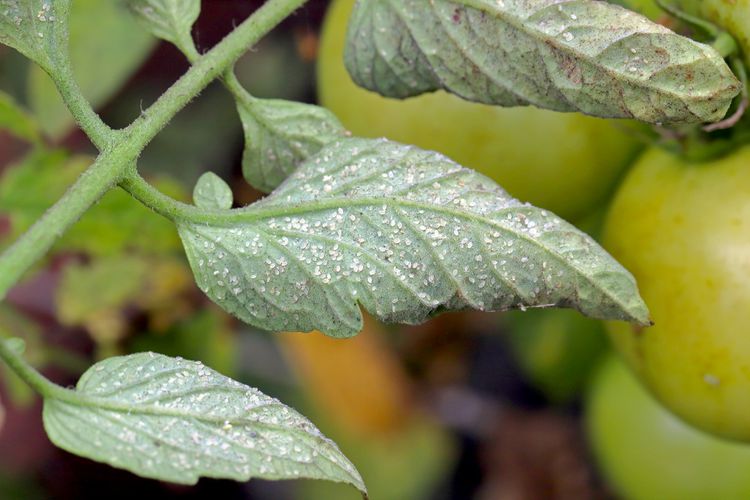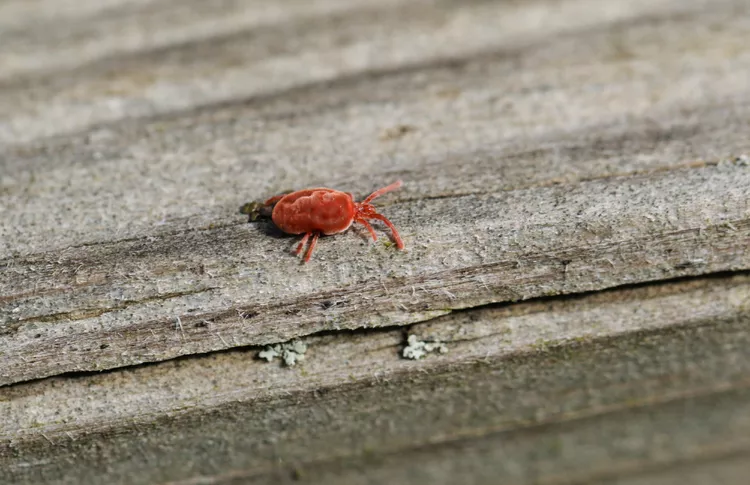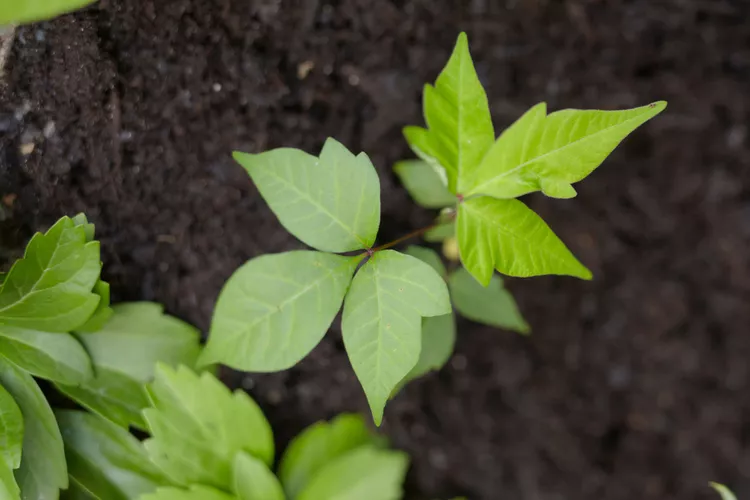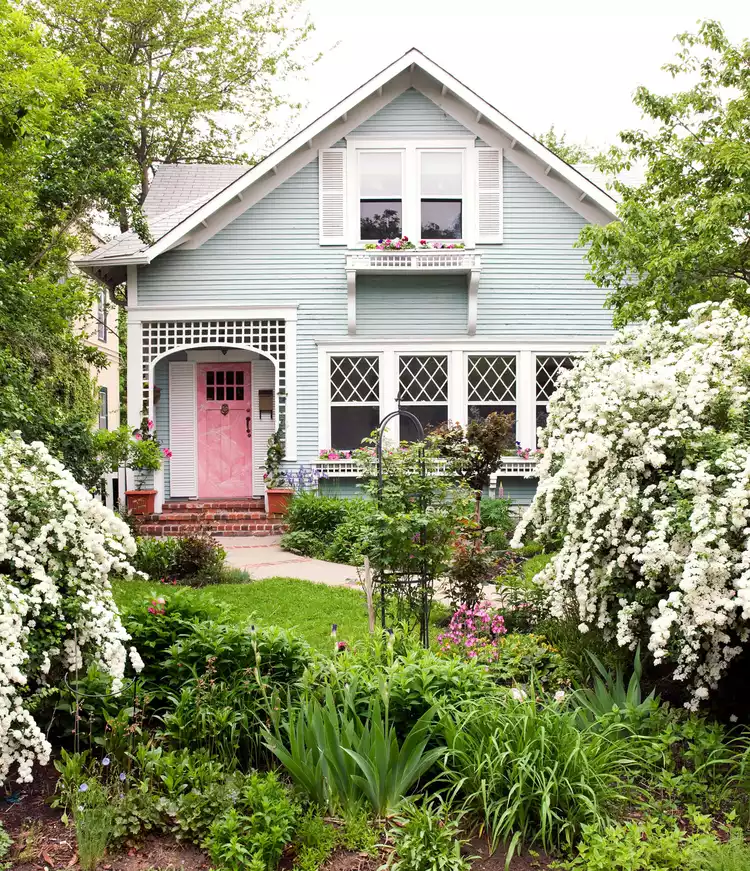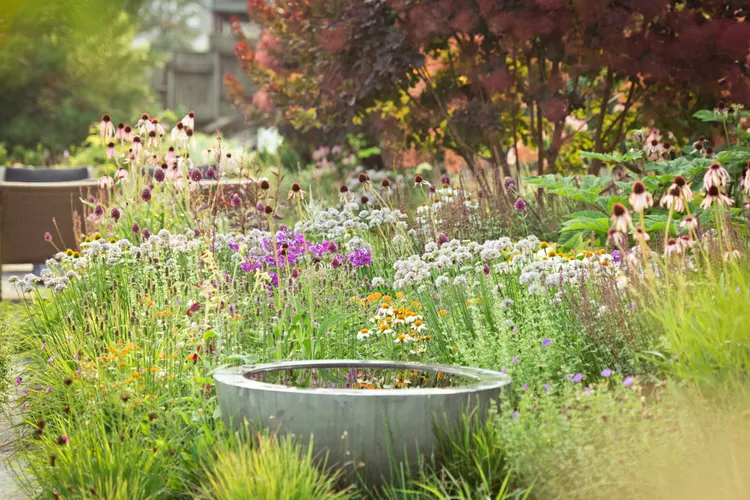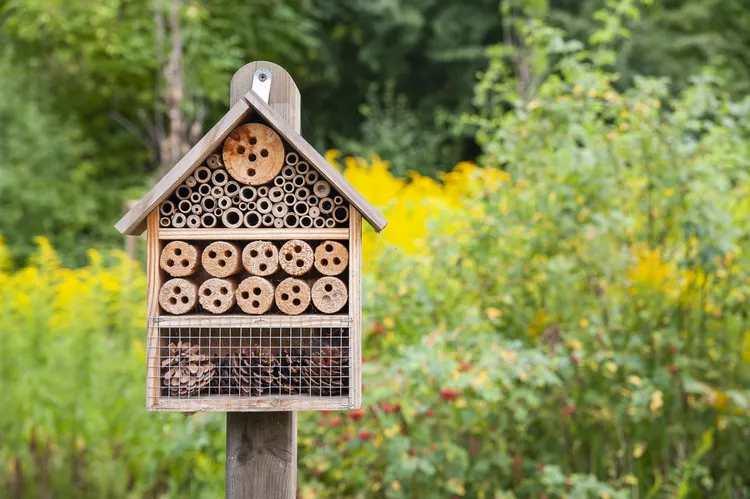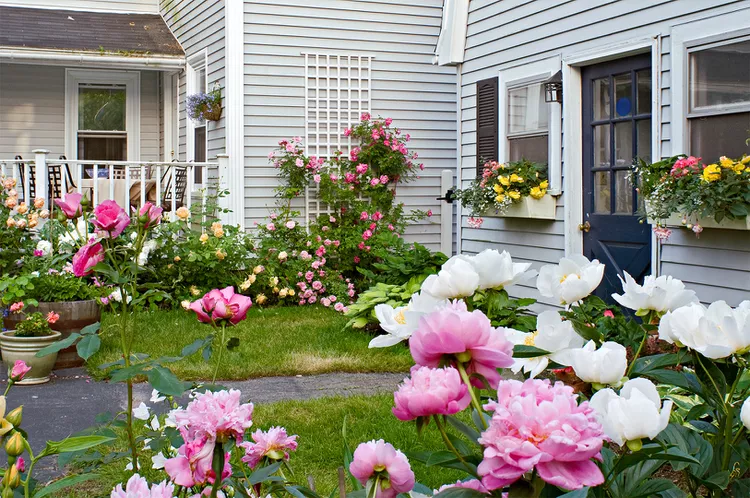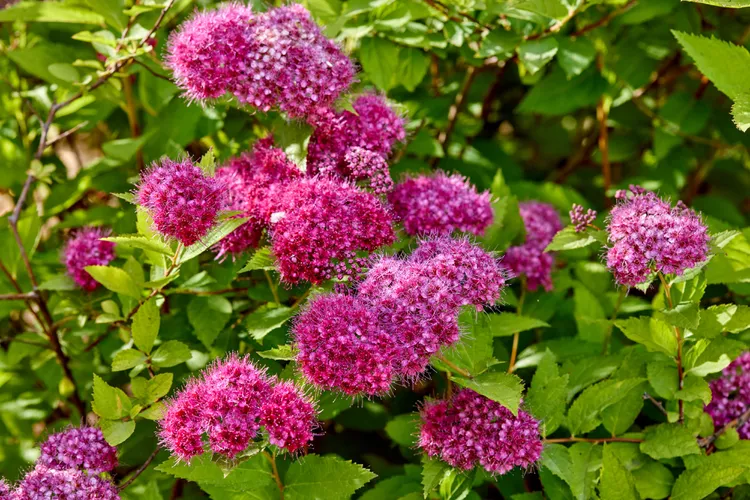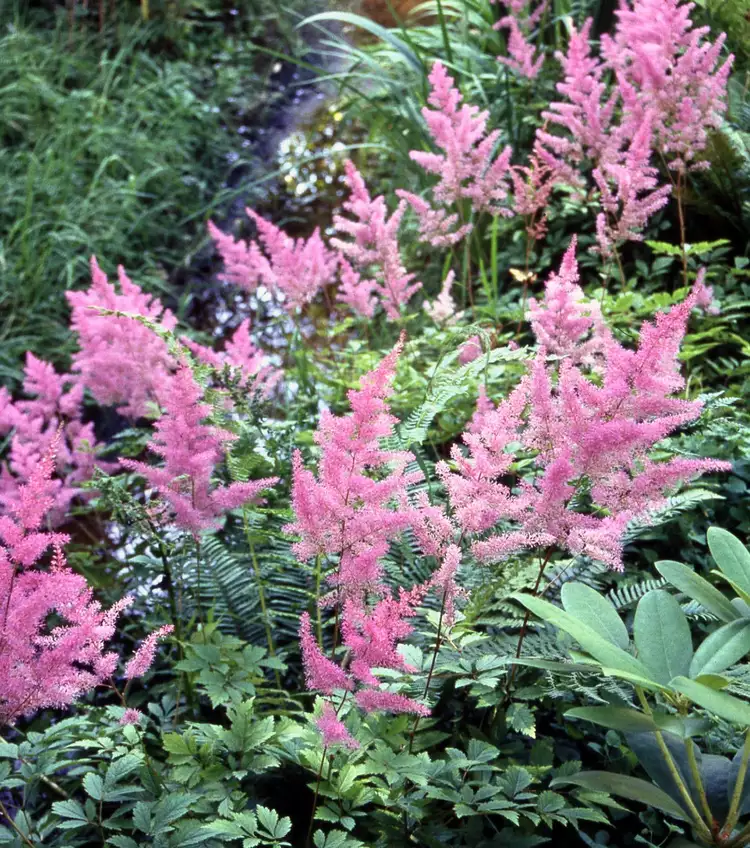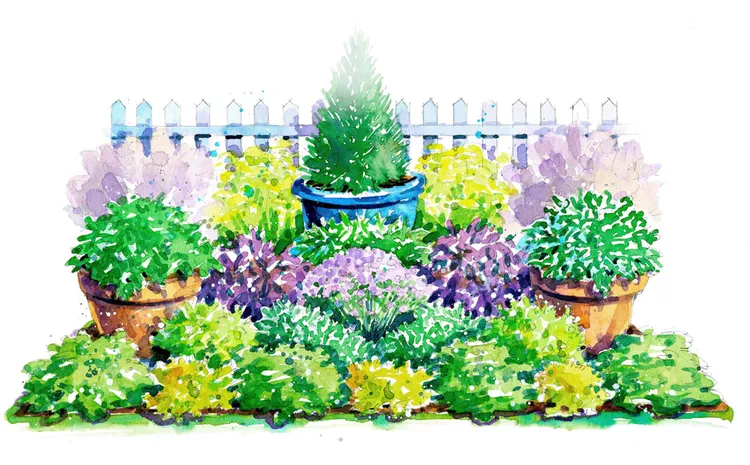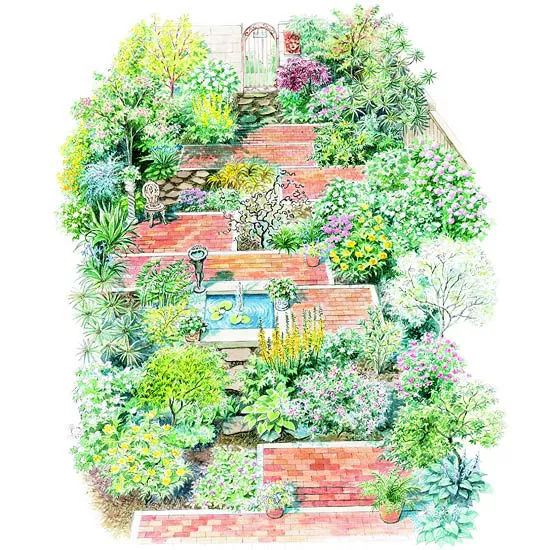- Working Time: 2 hours
- Total Time: 1 day, 2 hours
- Skill Level: Beginner
There are lots of reasons to love succulents. They're low-maintenance, come in some amazing colors and shapes, and can be planted just about anywhere—including this mini DIY vertical garden! If you haven't worked with concrete before, don't fret. It's an easy material to use and very forgiving. We'll teach you how to make your own concrete mold using materials you might already have on hand. And once you have the process down, you can make concrete wall planters in any shape you want just by changing up the base shape.
When choosing plants for your wall planter, look for types of succulents that will stay relatively small to best fill the heart shape. We used various types of Echeveria, Dischidia, and Haworthia cooperi, along with other succulents found at our local garden center to create a multi-textured and colorful arrangement.
The trick to creating this stunning display is to prep your succulents at least a day before you start this project—these plants need a little time to develop scabs where the stems are cut. To prepare, simply remove succulent plants from their pots and brush away any excess dirt. Clip the stems so you have a long enough piece to insert into the floral foam that will fill your concrete form.
What You'll Need
Equipment / Tools
- Marker or pencil
- Ruler
- Scissors
- Cutting mat
- Crafts knife
- Hot glue gun and glue sticks
- Screwdriver
- Dust mask, gloves, goggles
- Measuring cups
- Rubber mallet
- Tub for mixing concrete
Materials
- Poster board
- Foam core sheet
- Cardboard
- Cooking spray
- Craft chicken wire
- Floral wire
- Fast-drying concrete
- Plastic anchors
- Chain for hanging
- Wet floral foam
- Sphagnum moss
- Succulents
- Floral pins
- 2 eye screws
Instructions
-
Make Heart-Shape Templates for Your Concrete Mold
To make the heart form for your hanging planter, fold a sheet of poster board in half and draw half a heart on the seam (just like you did back in elementary school to get a balanced heart shape). Cut out your template once you're happy with the size and shape. Then measure 1-1/2 inches outside of that heart and draw a second one. Cut out. Trace both heart patterns onto foam core board and cut with a crafts knife. Glue hearts together, centering the smaller heart over the bigger one.
-
Add on Cardboard Walls to Your Mold
Cut a cardboard strip long enough to wrap around the outside of your foam core heart. Cut a second piece to wrap around the inner layer of the heart shape. Secure both to the outside edges of the hearts with low-temp hot glue to create the mold shape.
-
Secure Chicken Wire to Make Planter Backing
Use a screwdriver to poke several small holes through the inner foam board heart. Lay a piece of chicken wire ($29, The Home Depot) big enough to cover the heart shape on top of the mold and run floral wire ($3, Michaels) through the holes you poked in the back to hold the chicken wire in place. Trim the chicken wire to just a bit bigger than the size of the inner heart and curve the edges down so they are in between the two cardboard strip walls of your mold. This way the chicken wire will be held in the concrete once you pour. With the wire tied in place, apply spray oil to the space between the cardboard strips to make removing the cardboard after the concrete has dried easier.
Related: How to Create Pretty and Practical Wire Plant Cloches
-
Mix Quick-Drying Concrete
Now it's time to mix your concrete! Don a dust mask and goggles before starting; even the slightest breeze could blow concrete dust into your eyes, and you don't want to breathe it in either. Use rubber kitchen gloves to protect your hands during the messy mixing process. Pour the fast-drying concrete mix ($6, The Home Depot) into a plastic bucket or bin and slowly add water, mixing with your hands until a cottage cheese consistency has formed. We prepped about six cups of concrete mix for this project, which was a little more than we needed but better too much than too little! If you end up with too much concrete, you can always use it to create more DIY planters if you have other molds around.
-
Fill the Mold with Concrete
Fill outer heart shape between the cardboard strips with concrete mix, pressing it into the edges of the shape and gently shaking or tapping the mold to remove any air bubbles. Fill the form to the top with concrete, making sure to completely cover the chicken wire edges you tucked into the mold. Insert plastic anchors ($1, The Home Depot) on opposite sides of the heart. The anchors will allow you to easily hang the piece later. Let the concrete dry for at least 24 hours.
-
Release the Mold and Add Your Plants
After the concrete is completely dry, tap the form gently with a rubber mallet and peel away cardboard strips. Use a bit of sandpaper if needed to remove any cardboard remnants and smooth uneven edges. Add blocks of the dampened floral form ($6, Michaels) to fill the center of the heart and cover with damp sphagnum moss ($6, Lowe's), securing the moss with floral pins as needed. Use a screwdriver to make holes in the floral foam where you want to place the succulents; it will make it much easier to insert the stems without damaging your plants. Finish filling out the heart with various succulent cuttings, being sure to leave room for some growth.
Wait about a week before placing your hanging wall planter outdoors to give the plants time to anchor into their new home. Once you're ready to hang, connect a length of chain to eye screws and secure each eye screw in the plastic anchors you inserted into the concrete during the molding process.
